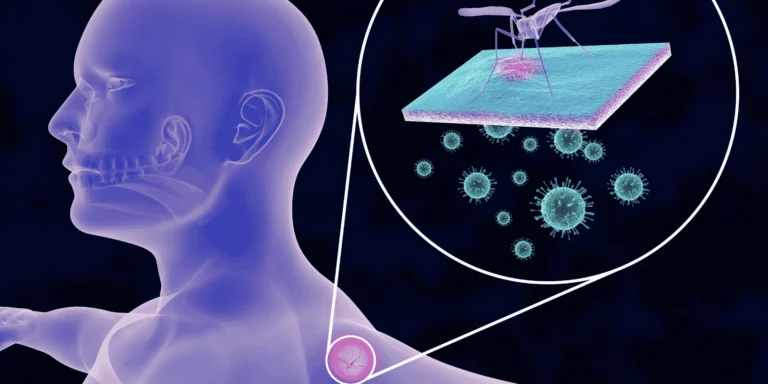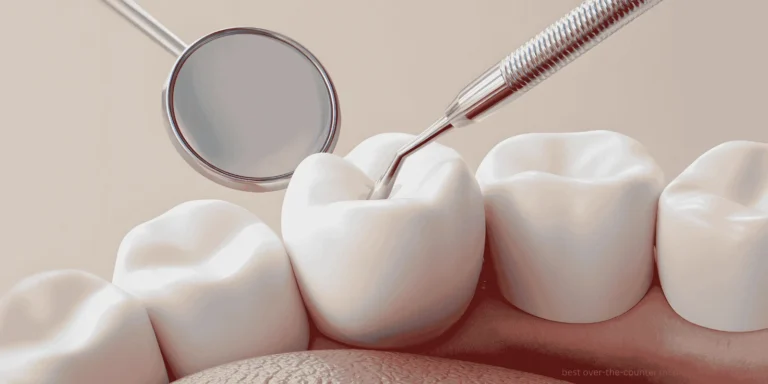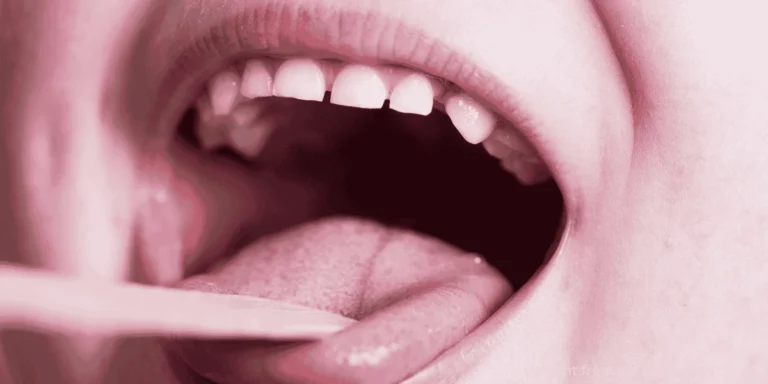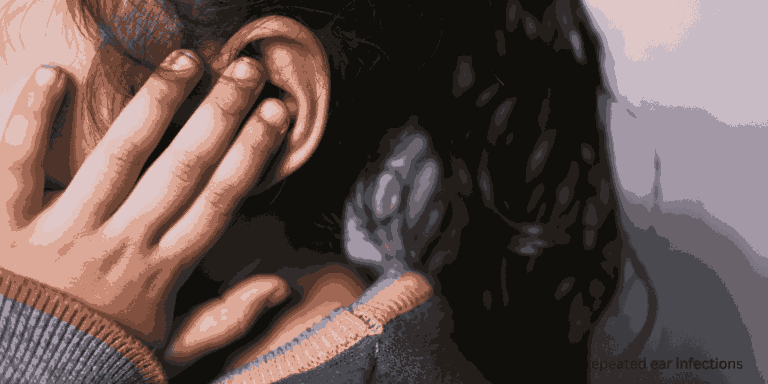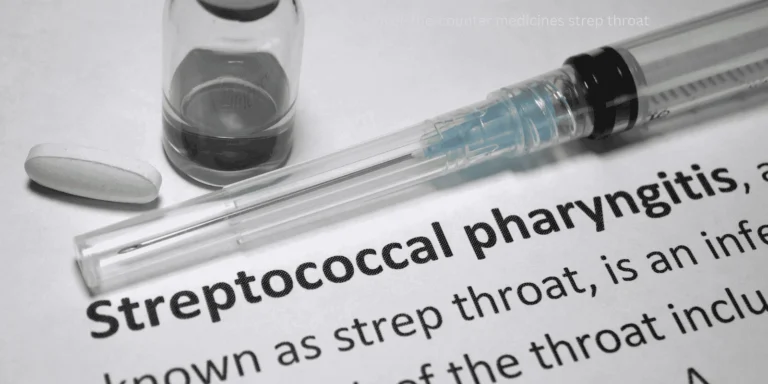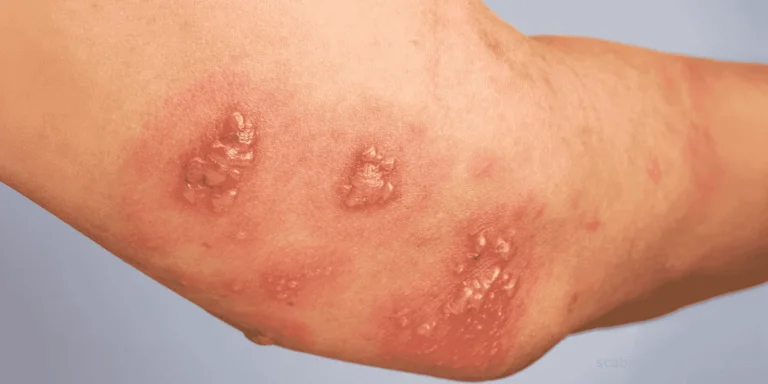A negative rapid strep test doesn’t completely rule out strep throat. These tests can have a 15-20% false negative rate, meaning they can miss actual strep infections in roughly 1 out of 5 cases.
Why rapid tests can be wrong: Low bacterial count in early infections may not reach the threshold for detection.
Sampling technique matters significantly. If the throat swab doesn’t collect enough bacteria from infected areas, the test will be negative despite active infection.
Test sensitivity limitations mean rapid tests catch about 80-85% of strep cases but miss the remainder.
When doctors suspect strep despite negative rapid test: Classic strep symptoms including sudden severe throat pain, high fever, swollen lymph nodes, and absence of cold symptoms create strong clinical suspicion.
Physical examination findings, such as a severely red throat with white patches, swollen tonsils, and tender neck glands, suggest a strep infection.
Patient history of recent strep exposure or recurring strep infections influences clinical judgment.
Next steps after a negative rapid test: A throat culture is the gold standard follow-up test. A second throat swab is sent to the laboratory, where bacteria are grown for 24-48 hours, allowing detection of strep bacteria that the rapid test missed.
Clinical treatment decisions may involve starting antibiotics based on symptoms alone if strep is highly suspected, especially in children or high-risk patients.
Observation involves monitoring symptoms for 24-48 hours to see if they worsen or improve, which can help differentiate strep from viral throat infections.
Throat culture advantages:
- 95-99% accuracy for detecting strep bacteria
- Can identify other bacterial throat infections
- Provides definitive diagnosis when rapid tests are unclear
Treatment considerations: Empirical antibiotics might be prescribed based on clinical judgment, particularly if:
- High fever and severe symptoms
- Known strep exposure
- History of strep complications
Delayed treatment is generally safe for 1-2 days while awaiting culture results, as starting antibiotics within 9 days still prevents complications.
Follow-up importance: Contact your healthcare provider if symptoms worsen or don’t improve within 2-3 days, regardless of test results.
If you have severe throat pain and fever but received a negative rapid strep test, ChatRx can help evaluate whether additional testing or antibiotic treatment might be appropriate.


